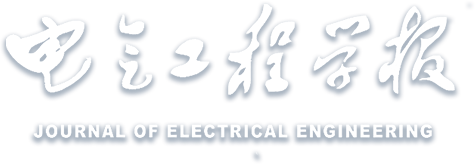Abstract:
To address the issues of slow response and insufficient stability of traditional phase-locked loop(PLL) control under weak grid and high power output conditions, a new technology is investigated for wind power grid-connected operation based on virtual induction machine(VIM) control. VIM control achieves self-synchronization without PLL by emulating the self-synchronizing characteristics of induction machines, thereby enhancing the system’s dynamic response speed and robustness. By constructing a state-space model and employing modal analysis, the performances of VIM control and PLL control in wind power grid-connected systems are quantitatively compared. The results show that VIM control exhibits a higher dominant modal damping ratio and a faster dynamic response compared to PLL control. Furthermore, by analyzing the effects of short-circuit ratio and active power output on stability, the superior robustness of VIM control under weak grid and high active power output conditions is verified. Additionally, parameter optimization further enhances the system performance. The study demonstrates that VIM control provides a more stable and reliable solution for wind power grid-connected systems in weak grid and high output scenarios.


 下载:
下载: